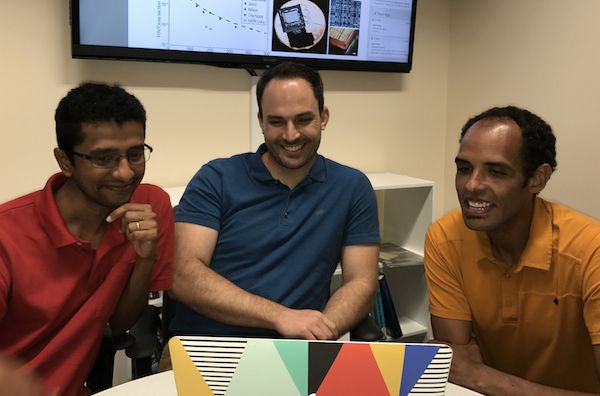My new article from Vice Motherboard on liberty and privacy. This is one of my most ambitious philosophical works yet: https://motherboard.vice.com/en_us/article/bjx5y5/liberty-mi…th-privacy #Libertarian
If tech is surveilling us constantly, we need the ability to use it to watch the watchers.
Zoltan Istvan is a futurist, transhumanist, author of The Transhumanist Wager, and a Libertarian candidate for California Governor.
The constant onslaught of new technology is making our lives more public and trackable than ever, which understandably scares a lot of people. Part of the dilemma is how we interpret the right to privacy using centuries-old ideals handed down to us by our forbearers. I think the 21st century idea of privacy—like so many other taken-for-granted concepts—may need a revamp.
When James Madison wrote the Fourth Amendment—which helped legally establish US privacy ideals and protection from unreasonable search and seizure—he surely wasn’t imagining Elon Musk’s neural lace, artificial intelligence, the internet, or virtual reality. Madison wanted to make sure government couldn’t antagonize its citizens and overstep its governmental authority, as monarchies and the Church had done for centuries in Europe.




